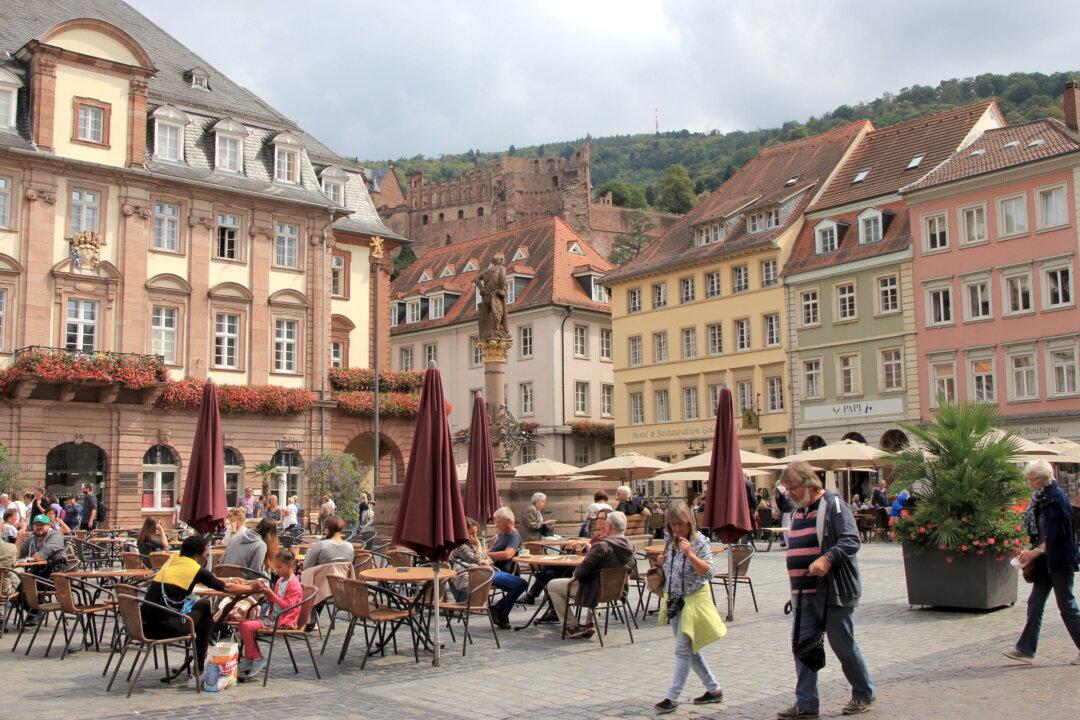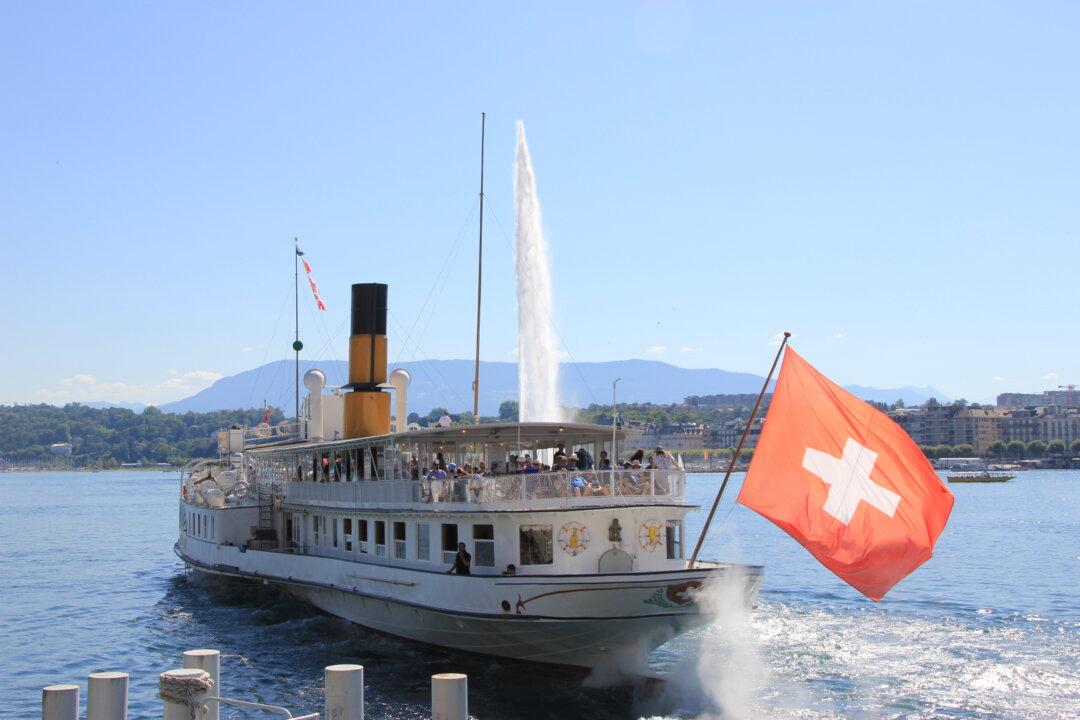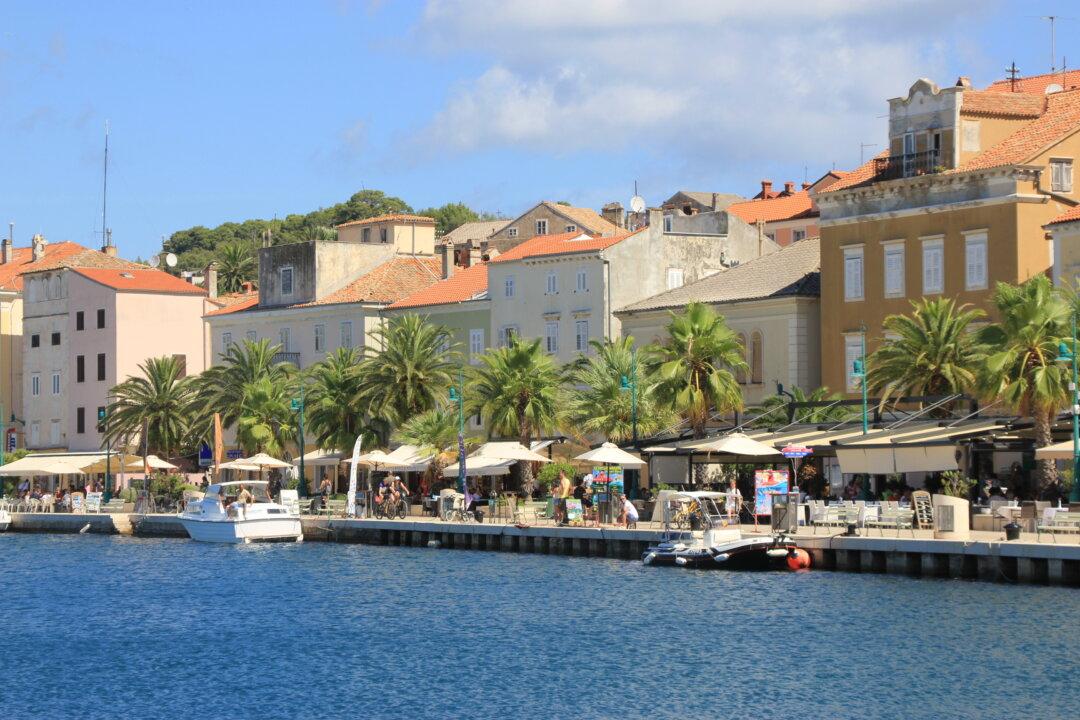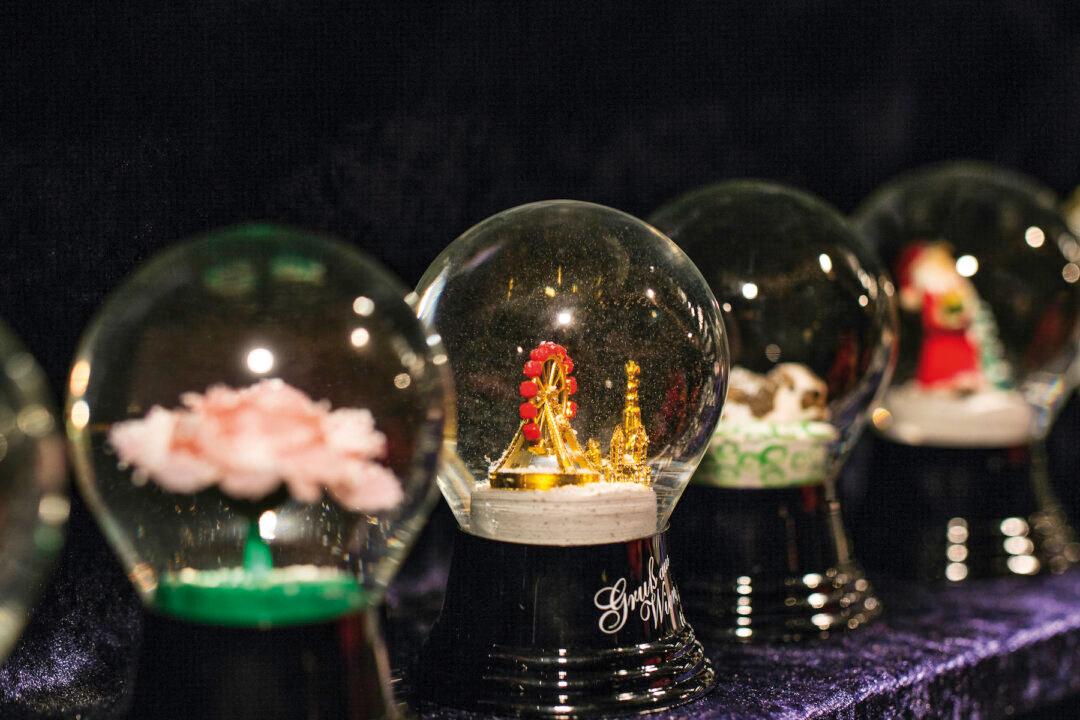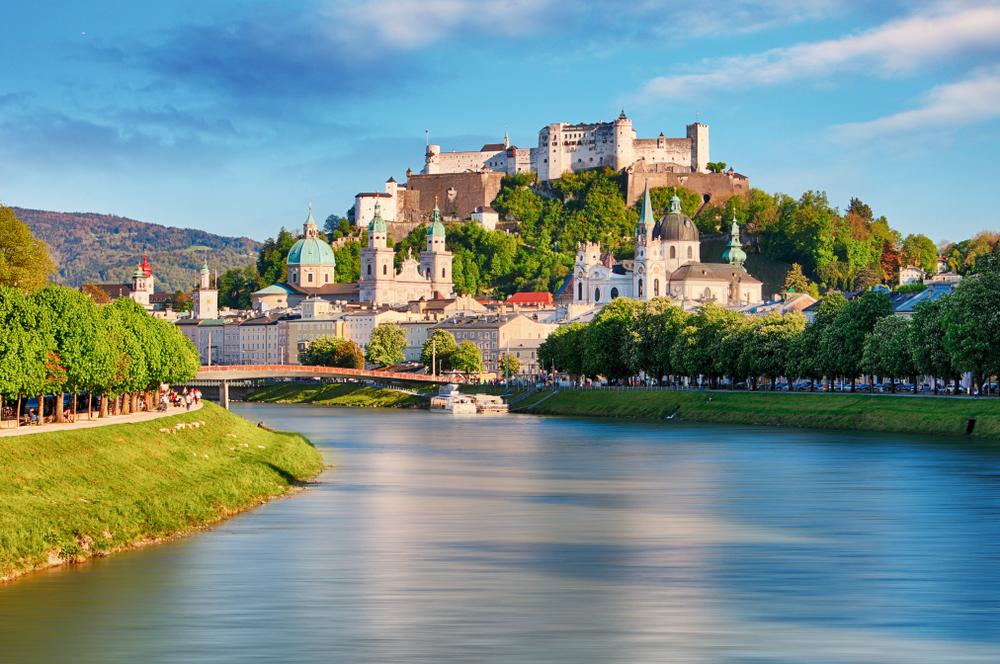“One has to be dead, if one doesn’t get revived in Heidelberg,” wrote German journalist and poet Christian Friedrich Daniel Schubart in the 18thcentury—a sentiment that still holds true today as I discovered on my trip to Germany’s southwest corner.
Located less than an hour from Frankfurt Airport, Heidelberg is buzzing with students, filled with historic buildings, seductive with one of Europe’s longest shopping streets, and home to the country’s most photographed castle ruin perched on the slopes of Mount Königstuhl, some 230 feet above the Neckar River.

